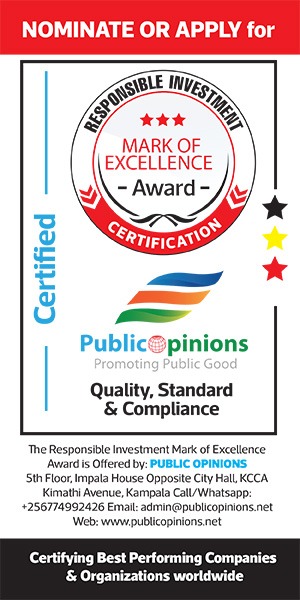South Sudan: New World Bank Financing to Boost Access to Income Generating Opportunities for Youth and Women
The World Bank’s Executive Board of Directors has approved $129 million in International Development Association* (IDA) grant financing to expand access to economic and livelihood opportunities for the most vulnerable households in South Sudan and strengthen the effectiveness of the national safety net system. The grant includes $25 million from the IDA19 Window for Host Communities and Refugees (WHR), and $30 million from the Crisis Response Window (CRW).
The grant will finance the South Sudan Productive Safety Net for Socioeconomic Opportunities Project (SNSOP) which is a unique four-year operation that builds on the experiences of prior projects that helped lay the foundational building blocks of the safety net system in South Sudan. The SNSOP aims to consolidate and deepen the development gains achieved to date, provide access to direct income, and increase social and economic opportunities for the poorest and most vulnerable households.
Recent external and economic shocks that include severe flooding, the COVID19 pandemic, conflict, and macroeconomic instability have disproportionately impacted vulnerable households and deepened existing vulnerabilities in South Sudan.
“Enhancing social and economic opportunities for poor and vulnerable households will contribute to achieving longer term development outcomes and build their resilience to climate impacts and other shocks. It will also make them potential drivers of economic growth, stability, and national transformation in South Sudan,” said Honorable Josephine Joseph Lagu, Minister of Agriculture and Food Security for the Republic of South Sudan.
The SNSOP will be implemented in 15 out of the 79 counties across the country. The project will not only respond to escalating food insecurity, but also lead to productive inclusion through human capital accumulation among the poor and vulnerable, including refugees and host communities. The project will help in smoothing consumption and increasing investments in child nutrition and development through the complementary social measures and behavior change communication, with a strong emphasis on gender and climate change adaptation.
The SNSOP is strongly aligned with the World Bank Group Country Engagement Note (CEN) for South Sudan for FY 2021–2023, as it promotes resilience and livelihood opportunities for those confronted with multiple shocks by providing cash transfers and income-generating opportunities. It also will build capacity in several key ministries.
“The World Bank is pleased to continue strengthening social protection mechanisms in South Sudan. This new financing will help the government to gradually establish a nationally owned safety net program. It will also help maintain a predictable and reliable national safety net system in the country and increase citizen confidence in national institutions,” said Firas Raad, World Bank Country Manager for South Sudan.
About 72 percent of the population in South Sudan is under 30 years of age, representing one of the largest youth bulges in the world. Youth in the country are facing severe livelihood challenges due to limited economic opportunities. The SNSOP will implement activities to help enhance access to economic opportunities by poor and vulnerable youth, support male youth to address the challenges of “youth idleness” and empower female youth to gain equal economic opportunities.
“The SNSOP is a much-needed and timely intervention to support the economic empowerment of female youth in the country. Women are exposed to a wide range of economic and social risks in South Sudan. The emphasis on including young women will help pave the way towards addressing the marginalization of women, bringing them into the mainstream of development,” said Ayaa Benjamin Warille, Minister of Gender, Child and Social Welfare for the Republic of South Sudan.
*The World Bank’s International Development Association (IDA), established in 1960, helps the world’s poorest countries by providing grants and low to zero-interest loans for projects and programs that boost economic growth, reduce poverty, and improve poor people’s lives. IDA is one of the largest sources of assistance for the world’s 74 poorest countries, 39 of which are in Africa. Resources from IDA bring positive change to the 1.3 billion people who live in IDA countries. Since 1960, IDA has provided $458 billion to 114 countries. Annual commitments have averaged about $29 billion over the last three years (FY19-FY21), with about 70 percent going to Africa. Learn more online: IDA.worldbank.org. #IDAworks
PUBLIC OPINIONS
CALL/WHATSAPP: +256701992426
Email: [email protected]



















